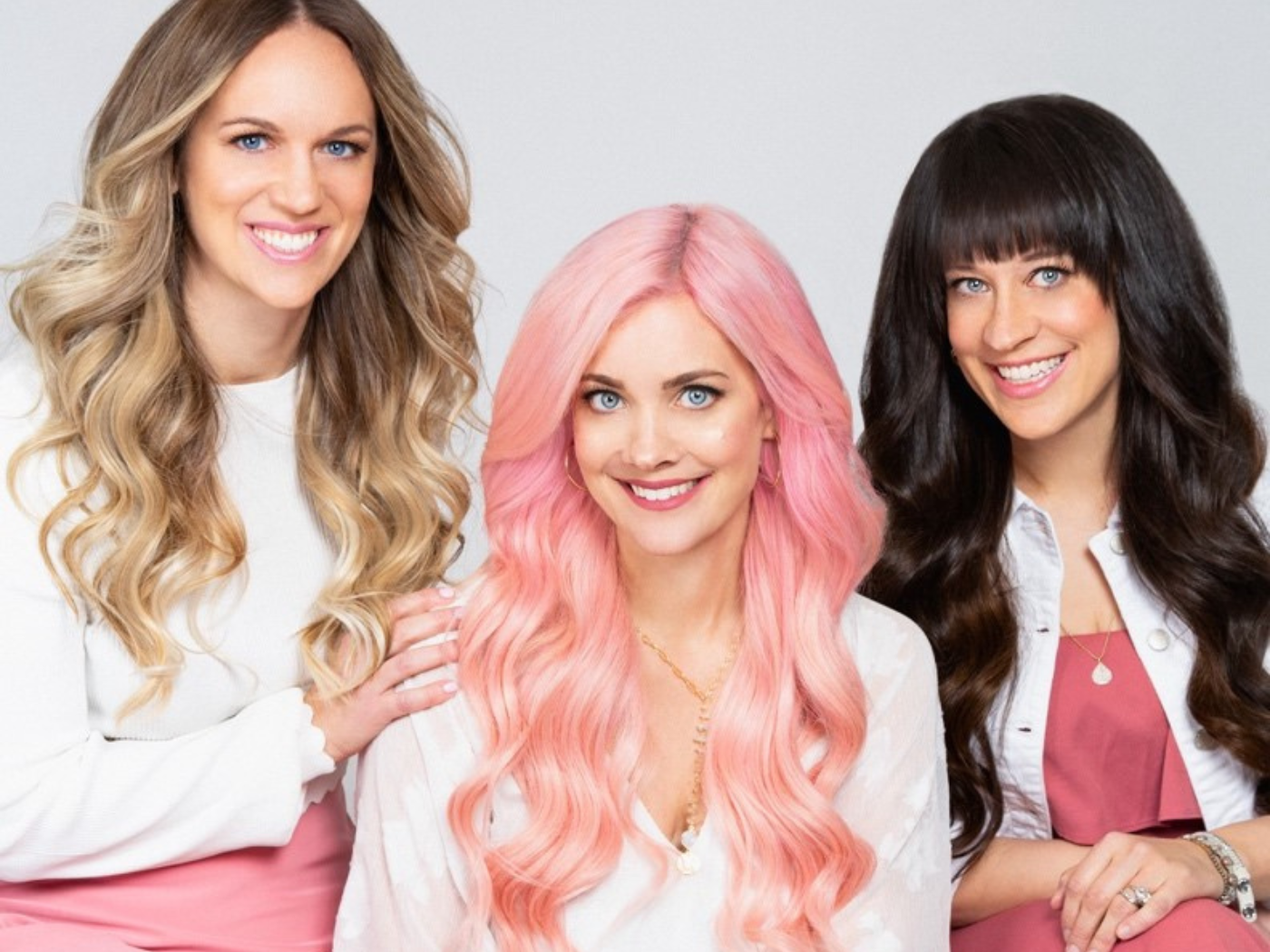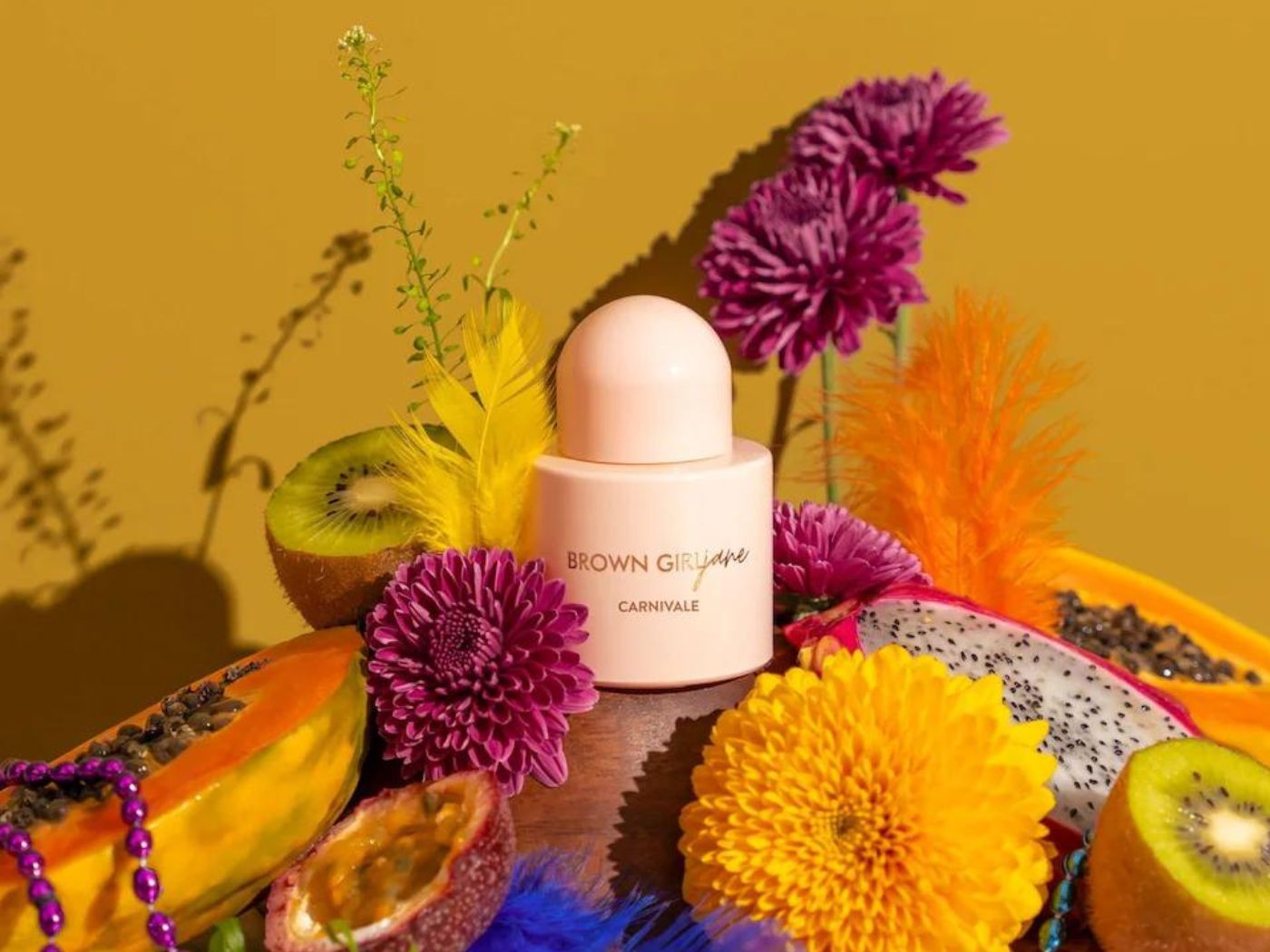South Korea is one of the world’s most sophisticated and fastest-moving beauty markets with strong roots in continuous innovation and new product activity. From interest in Korean celebrities to skin care regimens, the trends coming from this market are all the rage. Kline & Co. has set out to continuously scan the bubbling South Korean market for the latest product trends, brands and retail concepts in order to curate all findings and provide actionable insights regarding which dynamics have the most potential to impact the rest of the world. Here are some early findings from this research effort.
The main streets in South Korea are dotted with numerous cosmetic specialty stores operated by local Korean brands, most of which play at the value end of the spectrum. These stores are typically “vertically integrated,” i.e., the brand equals the retailer, and the store sells products only from its own brand. Examples of such retailers include Innisfree, Missha, It’s Skin, Etude House, Skin Food, and The Face Shop.
Market leader AmorePacific also has its own specialty store chain, Aritaum, where the company sells a variety of its own brands, except for Sulwhasoo and Hera, which are sold in department stores, and those brands that have their own specialty stores.
As in most other places in the world, premium brands can be found in department stores. Leading department stores in South Korea include Lotte, Shinsegae and Hyundai. Foreign brands play an important role in the premium segment. Some of the most popular international luxury brands include Chanel, Dior, Lancôme, Estée Lauder and SK-II. There are also a few important local premium brands, including AmorePacific’s Sulwhasoo and Hera, and LG Household & Health Care’s The History of Whoo.
Local Korean brands dominate the mass segment. There are two well-known health and beauty aid stores prevalent in South Korea—Watsons, a member of Hong Kong-based retailing giant A.S. Watson Group, and Olive Young, a local retailer similar to Watsons. Leading hypermarkets in South Korea include Homeplus, E-mart, and Fesco. Unlike typical mass outlets in many other parts of the world, these stores often boast well-placed beauty sections with brightly lit displays.
The Internet is also gaining share due to an increased number of local marketers who have established their own online shopping websites. Apart from these websites, online shopping platforms, such as Gmarket and 11st, are actively involved in selling beauty products from various brands.
Kline’s new soon-to-be-released service, South Korean Beauty and Personal Care: Trend Spotting and Opportunity Assessment will come in a magazine-style report, filled with images and actionable insights. The service will be published in four installments per year, starting at the end of June. For more information, please contact CustomerCare@KlineGroup.com, or visit All Eyes on South Korea’s Beauty Scene.




